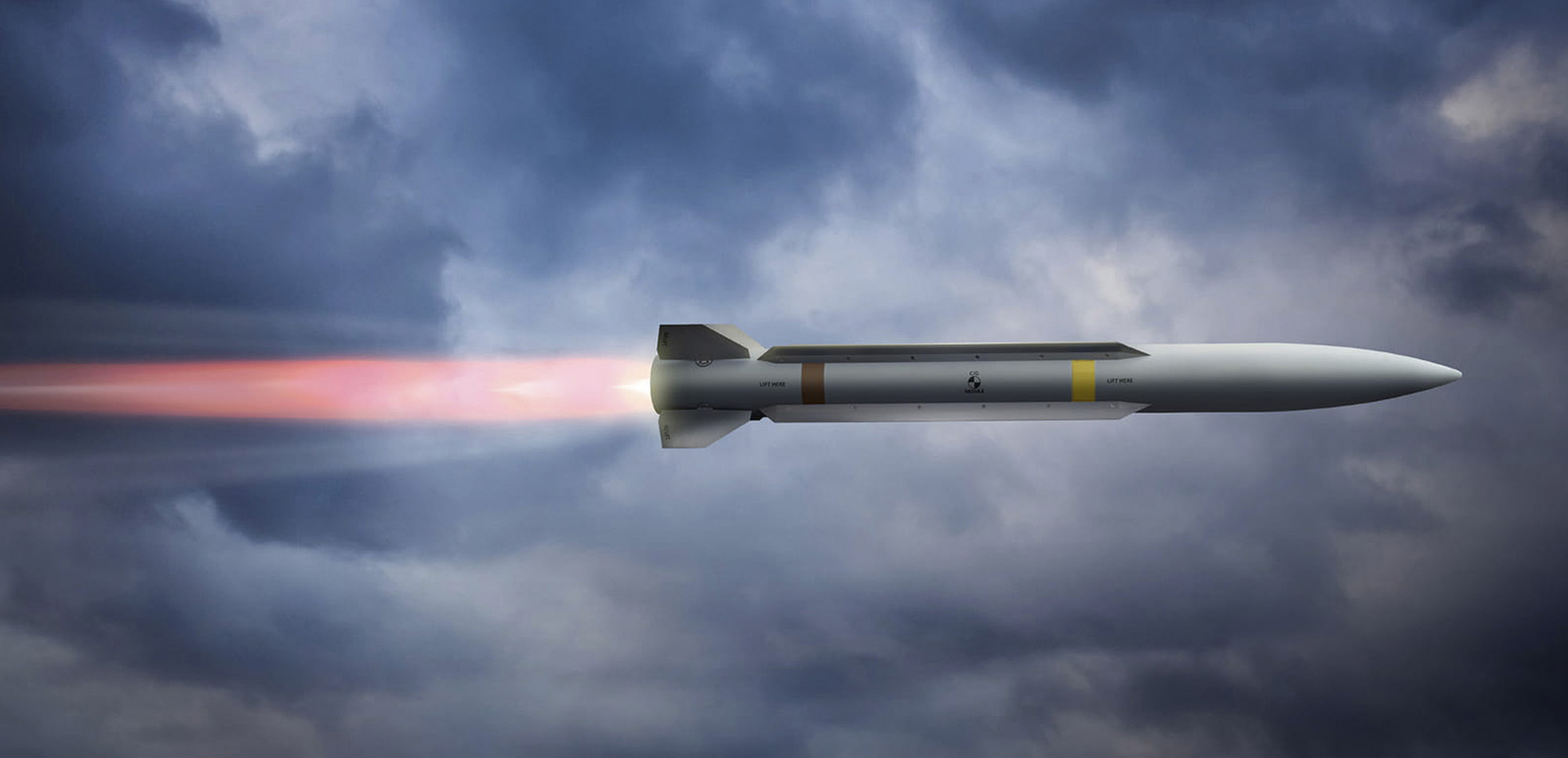SOURCE: RAUNAK KUNDE / NEWS BEAT / IDRW.ORG

Following the successful development of the Astra Mk1 beyond-visual-range air-to-air missile (BVRAAM) and ongoing work on the Astra MkII and MkIII, the Indian Air Force (IAF) has conveyed a new requirement to the Defence Research and Development Organisation (DRDO).
The IAF desires a common close-combat air-to-air missile (CC-AAM) that can be integrated across its entire fighter jet fleet. This domestically developed missile would ideally feature a next-generation infrared (IR) seeker for enhanced target acquisition and tracking capabilities.
This new request comes alongside the reported scrapping of plans to modify the Astra Mk1 into a medium-range missile with dual seeker (RF and IR) capabilities, similar to the MICA missile.
While the IAF is looking towards the future with its request for a locally-developed CC-AAM, it is also addressing its immediate needs by procuring ASRAAM and Python-5 close-combat missiles for its existing LCA Tejas Mk1 and Mk2 fighter jets. ASRAAM also called as NG-CCM will also be developed locally in the country for time being, but IAF is keen on having whole range of AAMs that are Indigenous in nature.
The IAF envisions equipping its upcoming AMCA next-generation fighter jet with this new, domestically developed CC-AAM, likely to This missile is expected to boast a medium-range capability (over 50 km), placing it in the medium category of air-to-air missiles.
While DRDO-IAF continues to develop and acquire advanced BVRAAMs like the Astra series, it is also taking steps to ensure its fleet is equipped with effective close-combat missiles, both shortly and for its next-generation fighter jets.
NOTE : Article cannot be reproduced without written permission of idrw.org in any form even for YouTube Videos to avoid Copy right strikes. Websites doing illegal reproductions will get DMCA and Legal Notices.